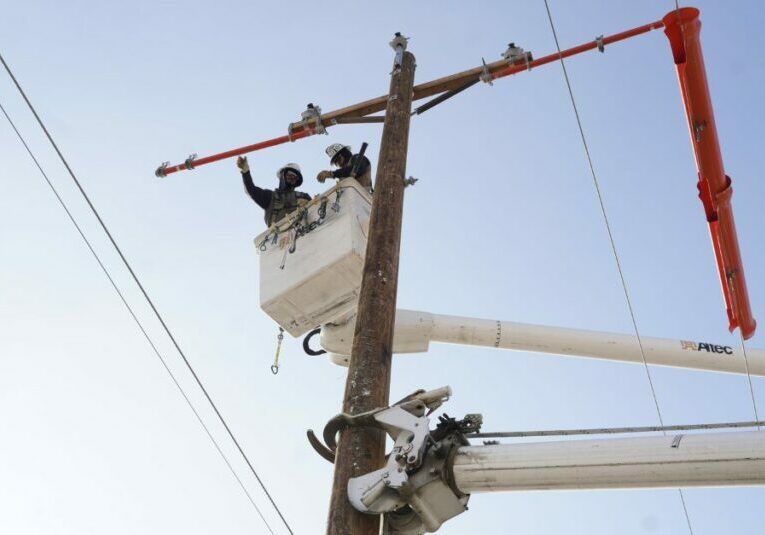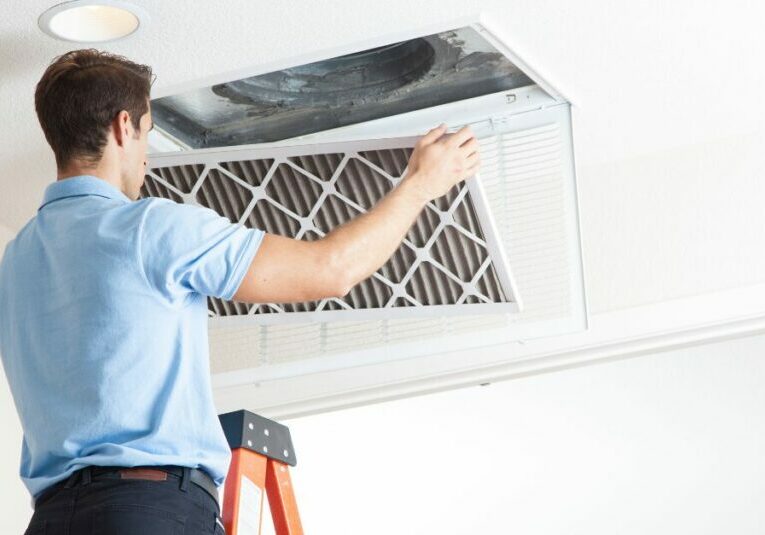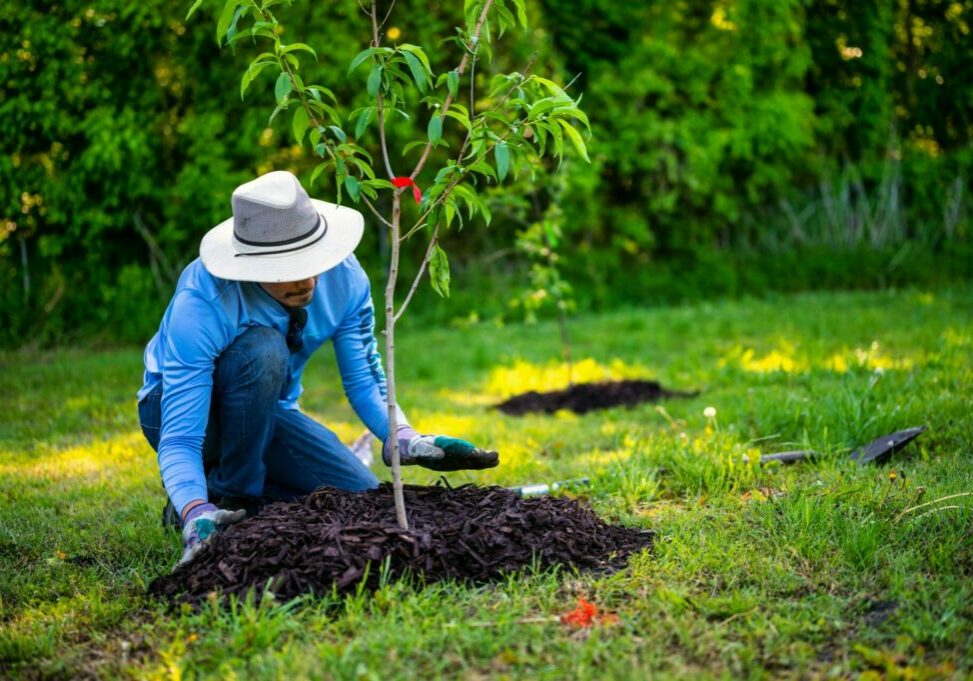Plant Windbreak Trees and Save Energy

It’s been said the Tri-Cities is a windy area. You’ll get no argument from most area residents.
Wind erodes our soil and leads to nasty dust storms. Winter winds can increase a home’s heating costs 10% to 40%. Wind can also be just plain annoying.
You can’t stop the wind, but you can slow it down with strategically placed trees and shrubs.
Early settlers in the treeless areas of Washington needed trees to provide shade and protection from the wind. Farmers planted fast-growing species in a simple one- to six-row design. Single species of trees, such as eastern cottonwood, black locust and Lombardy poplar, were planted fairly close together.
Not all windbreaks were successful. Improper placement or poor selection of the tree species meant a failure to diminishing the wind. While the pioneers had to guess what trees to use and where to plant them, research has revealed the proper design, location and types of trees that will provide the most effective windbreaks.
Planning
Consider these questions when planning your windbreak:
- What location will the windbreak be most effective?
- Do you have enough space for a windbreak?
- How many rows will you plant? The most effective windbreak has five rows of deciduous and evergreen trees and shrubs.
- What species are best adapted to the area and your situation?
- Is irrigation available to provide water to establish and maintain the windbreak?
- Will the trees create a problem when they reach their mature size?
Placement
Our local prevailing winds tend to come from the west, but this varies depending on your situation and topography.
For maximum effectiveness, a windbreak should be at a right angle to the prevailing winds, or as nearly as possible to a right angle.
To be effective, a windbreak should be no more than 100 feet from the house. At this distance, trees 35 or more feet tall break and lift the wind currents over the top of the home. You can place the windbreak closer, but make sure the trees don’t shade the house.
A windbreak should extend 50 feet beyond the length of the house and the area you want protected. If you must have gaps in your windbreak rows to accommodate irrigation ditches, paths or driveways, try to make the crossings at oblique angles so you don’t create your own sort of wind tunnel.
Number of Rows
The more rows you plant, the more effective the windbreak. If there’s not enough room for five rows, you can consider fewer.
Be sure not to crowd the rows. Crowding slows growth and weakens the plants. Lower limbs of crowded trees tend to die out due to heavy shade. Trees should be staggered between rows. If there is only room for four rows, the best protection is achieved with a row of dense shrubs, a row of medium evergreens, a row of tall evergreens and a row of medium evergreens.
With three rows, you will get the maximum protection with single rows of a dense shrub, a tall evergreen and a medium evergreen. With two rows, use medium evergreen and a tall evergreen. If you only have room for one row, use a tall evergreen such as arborvitae.
Spacing
Space rows 16 feet apart, and plant 2 to 12 feet apart depending on the tree.
Another option for design is a twin-row, high density windbreak which can be used when space between the home and planting is limited. With this high-density design, two rows of trees are planted 6 feet apart and the trees are planted 5 to 8 feet apart within the rows. The same species may be used in the twin row. Additional twin rows can be placed 25 to 50 feet away,
allowing for planting of gardens between the two rows.
Planting
No windbreak will succeed if planted incorrectly. As with any landscape planting, prepare the soil first. Till the soil along the row to a depth of 18 inches or more, if possible. Then dig a trench deep enough to accommodate the roots of the trees. The top of the root ball should be at soil level or just a little above to allow for soil settling.
Place the trees in the center of the trench or hole so all the roots are in a downward position. Hold the tree while filling the soil back in around the roots. This is easier when done by two or more people. Gently firm the soil around the roots and then thoroughly water the trees.
Apply a slow-release fertilizer at the rate recommended on the label. Don’t over fertilize. Salts can damage the young roots of plants.
To encourage the growth of trees and shrubs, topdress with fertilizer each spring just as new growth starts to unfold.
Look for an acidifying fertilizer to help lower the pH or alkalinity of the soil. This is most important with evergreens because they generally prefer slightly acid soils. Many local soils are quite alkaline, unless they have been under irrigation for years.
Weeds and grass growing around the trees can impede growth by robbing them of needed nutrients and moisture. A 3- to 4-inch thick layer of wood chips or bark mulch is beneficial in keeping down weed growth and maintaining soil moisture. Mulch the entire root zone if possible, but keep the mulch several inches away from the tree trunk.
The most successful windbreaks are those with growing trees. Provide the needed water and care to help the trees establish and thrive. Be sure to provide protection from animal and equipment damage.
Time To Grow
If planned and planted properly, it will take three to four years before you start noticing protection from your windbreak. Within seven years, the windbreak should provide effective protection to you and your home.
Marianne is professor emeritus of Horticulture at Washington State University. To learn more about proper tree planting from the Mid-Columbia Forestry Council, visit www.trees4you.org.
Recent Posts

Five Ways to Safeguard Your Home This Winter

Winter Weather May Impact Electric Bills

Cybersecurity Tips For a Safer Digital World

Electric Co-ops Grow for the Communities They Serve

Go Above and Beyond for a Safe Harvest

The Vital Role of the Lower Snake River Dams

5 Tips to Beat the Summer Heat

What You Need to Know About Furnace Filters

May is Electrical Safety Month




